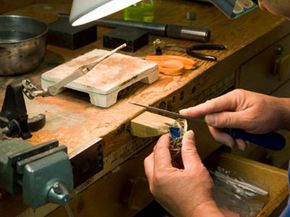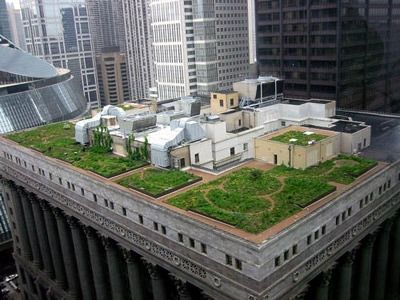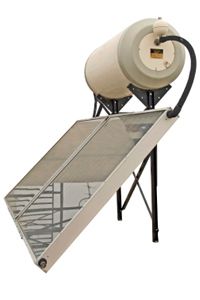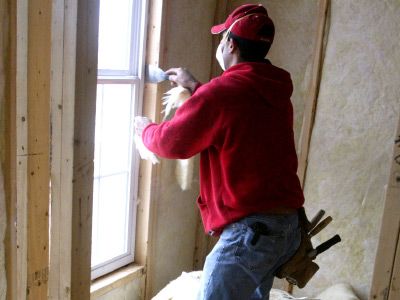A workspace without a workbench is like a pool without water. What's the point? If you've been taking apart your vacuum cleaner on the kitchen table or cutting 2x4s balanced across the arms of your Adirondack chair on the patio, it's time to build a workbench. The good news is that it doesn't take that much time and, with the right plan and the right tools, you might be surprised at just how simple and inexpensive it can be to build one.
One of the biggest advantages of building your own workbench is being able to customize it to your specific needs. There are two questions you should ask yourself before you hit the lumberyard. First of all, how much room do you have? Obviously your workbench is going to have to fit into whatever space you have set aside for it, so know the dimensions of that space [source: HGTV]. Secondly, what will you be using the workbench for? If you have specific needs, they should be taken into account during the planning stages. It's much harder to make additions or modifications to your bench later on than it is to incorporate them from the start.
Advertisement
Now, you could go out and buy a prefabricated workbench at your local hardware store, but why not chose to customize your own -- it should cost less. Besides, the likelihood that a prefabricated workbench is going to fit perfectly in your workspace is pretty slim. If you do build your own, you'll be able to determine everything from the height, width and depth to whether or not you want to stain it or paint it.
If you're planning on building a workbench, chances are you already have the tools you'll need. If you don't, the fact that you want to build a workbench means you're probably going to be using tools like that in the future -- so they might be a good investment. At the end of the day, a workbench is a key instrument in your workspace, so take your time choosing the right plan and keep in mind the things you'll be using it for.
For some help deciding on the right plan for you, check out the next page.
Advertisement



